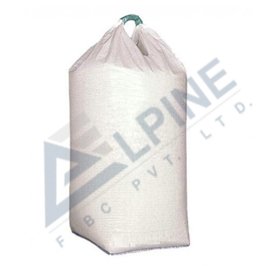Understanding Dry Ice Blasting: Eco-Friendly Cleaning for Industry
Introduction
Keeping industrial equipment and surfaces clean is essential for safety, performance, and compliance. Traditional cleaning methods often involve harsh chemicals, abrasive materials, or water, which can be costly and environmentally harmful. Dry ice blasting is an advanced cleaning technology that uses solid carbon dioxide pellets to remove contaminants efficiently and safely, without damaging surfaces or generating waste.
This article covers the basics of dry ice blasting, including how it works, its benefits, typical applications, and safety considerations.
What Is Dry Ice Blasting?
Dry ice blasting is a cleaning process where compressed air propels dry ice pellets at high speed onto a surface to remove dirt, grease, paint, or other unwanted materials. The key difference from other blasting methods is that dry ice sublimates upon contact, turning from solid directly into gas without leaving any residue.
Because of this unique property, dry ice blasting leaves no secondary waste, making cleanup simpler and faster.
How Does Dry Ice Blasting Work?
The cleaning effect of dry ice blasting comes from three main actions:
- Mechanical Force: Dry ice pellets impact the surface at high velocity, physically dislodging contaminants.
- Thermal Shock: The extreme cold temperature of dry ice (around −78.5°C) causes contaminants to freeze and crack.
- Sublimation Expansion: As the dry ice sublimates, it expands rapidly, lifting the loosened dirt away from the surface.
This combination makes dry ice blasting highly effective while being gentle on surfaces.
Advantages of Dry Ice Blasting
Environmentally Friendly
Dry ice blasting uses CO₂ that is often recycled from industrial processes, minimizing greenhouse gas impact. It also eliminates the use of water and chemicals, preventing pollution and waste disposal issues.
No Secondary Waste
Since dry ice evaporates, there is no abrasive residue or water runoff after cleaning, reducing cleanup time and costs.
Safe for Sensitive Equipment
Unlike abrasive methods, dry ice blasting won’t damage delicate machinery, electrical parts, or food processing equipment.
Reduces Downtime
Cleaning can be performed without dismantling equipment or shutting down operations, improving productivity.
Versatile Cleaning Solution
It’s suitable for a wide variety of industries such as food production, manufacturing, automotive, aerospace, and historic preservation.
Common Applications
- Food Industry: Removes stubborn food residues and biofilms without moisture.
- Manufacturing: Cleans molds, conveyors, and machinery efficiently.
- Automotive: Degreases engines and cleans paint booths safely.
- Aerospace: Removes grease and carbon deposits from turbine blades and avionics.
- Historic Restoration: Gently cleans artifacts and building surfaces without abrasion.
Safety Considerations
Although dry ice blasting is safe when used properly, precautions include:
- Using adequate ventilation to prevent CO₂ buildup.
- Wearing protective gear like gloves, eye protection, and hearing protection.
- Following equipment guidelines and safety protocols.
Limitations
- May not fully remove very thick rust or coatings without pre-treatment.
- Initial equipment investment can be costly.
- Porous materials might retain some contaminants.
Conclusion
Dry ice blasting is a cutting-edge, eco-friendly cleaning technology that offers a non-abrasive and chemical-free solution across many industries. Its ability to clean effectively without secondary waste makes it an excellent choice for companies aiming to improve sustainability and operational efficiency. As awareness of environmental impact grows, dry ice blasting is poised to become a standard industrial cleaning method.







